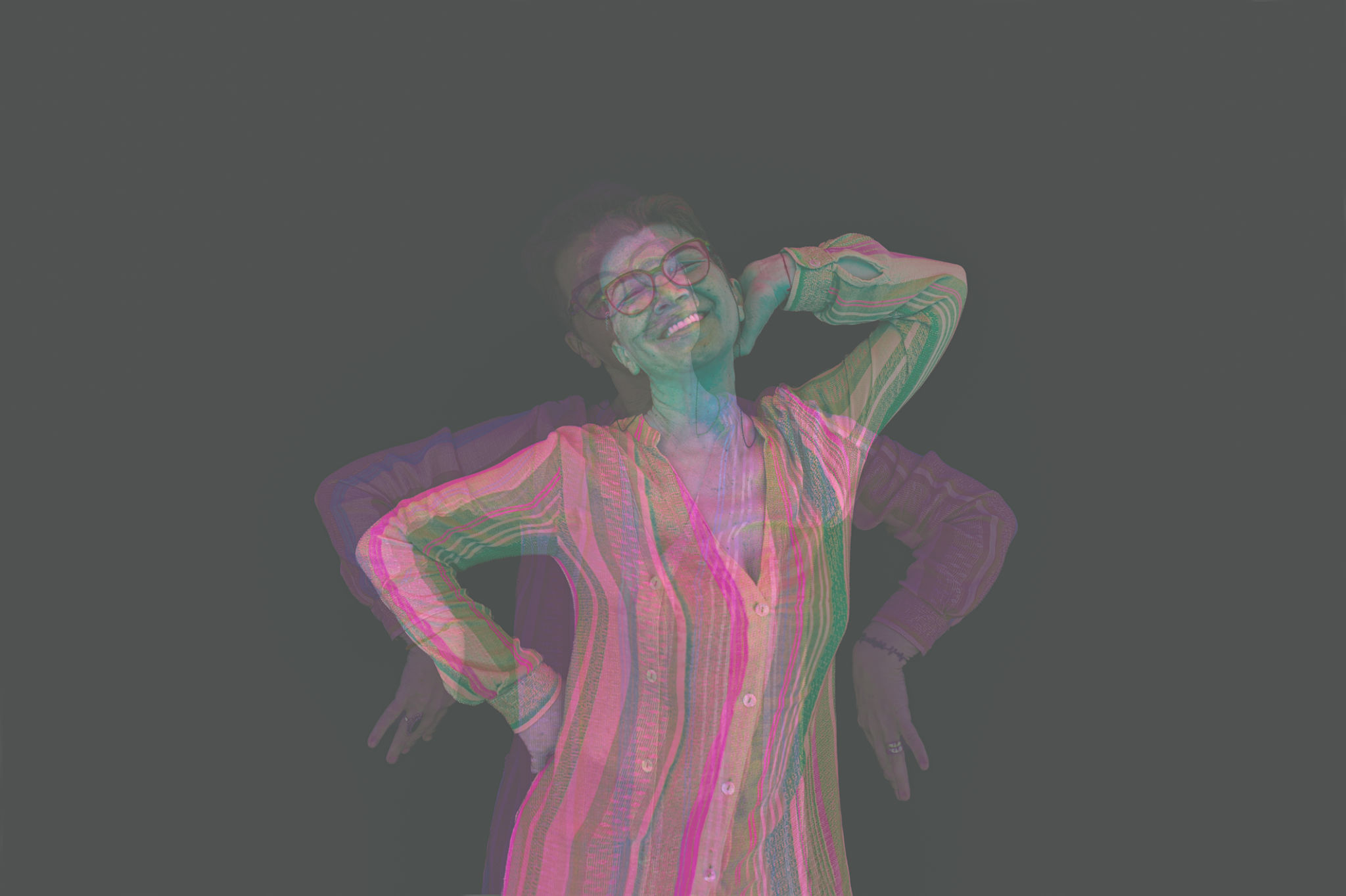Top Graphic Design Trends Shaping the Industry
The Rise of Minimalism
In recent years, minimalism has significantly influenced graphic design. This trend focuses on simplicity and clarity by using clean lines, ample white space, and a restrained color palette. Minimalism is not just about reducing clutter; it’s about highlighting essential elements to ensure the core message is effectively communicated. Designers are increasingly embracing this approach to create visually appealing and easily digestible content.
Minimalism can be seen across various platforms, from websites to advertising campaigns. Its popularity stems from the fast-paced digital environment where users seek quick access to information without unnecessary distractions. Brands adopting minimalistic designs often come across as more professional and trustworthy, making it a favored choice in the industry.

The Influence of Bold Typography
Typography has always been a crucial element of graphic design, but in recent years, there has been a noticeable shift towards bold and expressive fonts. Designers are opting for oversized text and unique typefaces to capture attention and convey personality. This trend allows for creativity in presenting messages, making them more memorable and engaging.
Bold typography is particularly effective in digital mediums where quick engagement is key. It can be used to emphasize key points or create a visual hierarchy on a page. By combining bold typography with contrasting colors, designers can further enhance the impact of their work, ensuring that the audience remains captivated.

Embracing Sustainability
Sustainability is a growing trend that is influencing various industries, including graphic design. Designers are increasingly mindful of their environmental impact, choosing eco-friendly materials and practices. This trend not only appeals to environmentally conscious consumers but also aligns with global efforts to reduce carbon footprints.
From digital designs that minimize energy consumption to printed materials using recycled paper, sustainability is becoming a core consideration. Designers are also exploring ways to create timeless pieces that can withstand fleeting trends, thus promoting longevity and reducing waste.

The Emergence of Augmented Reality
Augmented Reality (AR) is revolutionizing how audiences interact with graphic design. AR allows designers to create immersive experiences that blend the physical and digital worlds. This technology provides endless opportunities for creativity, engagement, and storytelling.
AR is being leveraged in advertising, packaging, and retail environments to enhance consumer experiences. By incorporating AR into their designs, brands can offer interactive content that captivates users and leaves a lasting impression. This trend is expected to grow as technology becomes more accessible and integrated into everyday life.

The Charm of Vintage and Retro Styles
Vintage and retro styles are making a comeback as designers draw inspiration from past decades. This trend involves using nostalgic elements such as retro color schemes, aged textures, and classic fonts. The charm of vintage designs lies in their ability to evoke emotions and connect with audiences on a personal level.
By blending old-school aesthetics with modern techniques, designers can create unique and captivating visuals. This approach not only appeals to audiences who appreciate the past but also introduces younger generations to the beauty of bygone eras. The versatility of vintage styles allows them to be adapted across various media, from branding to multimedia content.

